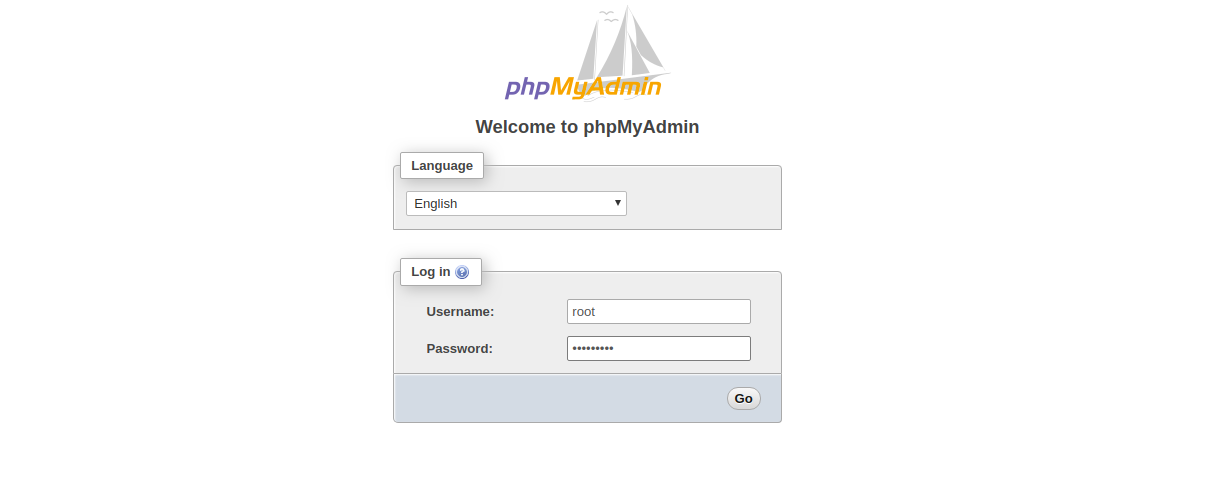


Install htpasswd as part of apache2-utils: apt-get install apache2-utils To configure Apache user restrictions, follow these steps: This will require that you enter an additional password to gain access to PMA, in addition to your database password, like this: Configure Web Authentication for the PMA Site. If you need to modify your PHPMyAdmin password, you can edit the config-db.php here:Ĥ. You can use the default settings during installation or customize them to your liking.Īdd an alias to the nf file: nano /etc/phpmyadmin/nfĪlias /myobscuredpma /usr/share/phpmyadmin
#PHPMYADMIN FIND AND REPLACE HOW TO#
I'll describe how to do so with Ubuntu 14.x at Digital Ocean.

Getting started with PMA is fairly straightforward on Linux. Once you install PMA, anyone can run web-based attacks against it in order to gain control of your database, so care is warranted. They might try to break in via SSH or try SQL injection attacks against WordPress, but they can't directly attack the database. On a typical WordPress installation, there aren't any direct ports to MySQL for a hacker to try to access. While this security by obscurity isn't a very effective technique, it does add some protection. This way, if one WordPress password is compromised, only one site's database is compromised.ģ. Use different MySQL accounts and privileges for each WordPress site running on a single server. Use very strong passwords for all of your MySQL accounts, especially the root account, e.g. For example, some WiFi and mobile connections regularly terminate persistent SSH sessions, making database tasks problematic.īefore we start, there are a few precautions I recommend when configuring PMA.ġ. In addition to offering a visual GUI for database operations, I also appreciate being able to run command-line SQL operations via my browser without having to log in to the server via SSH. Here's an online demo of PMA for you to explore. I'll also describe ways to secure it and some common scenarios in which it can assist you in WordPress administration. I'll describe how to install PMA in Linux and with the WAMP and XAMPP server distributions. PHPMyAdmin (PMA) is an excellent free, open-source, web-based database client which can be used to interact more easily with MySQL and WordPress databases.


 0 kommentar(er)
0 kommentar(er)
